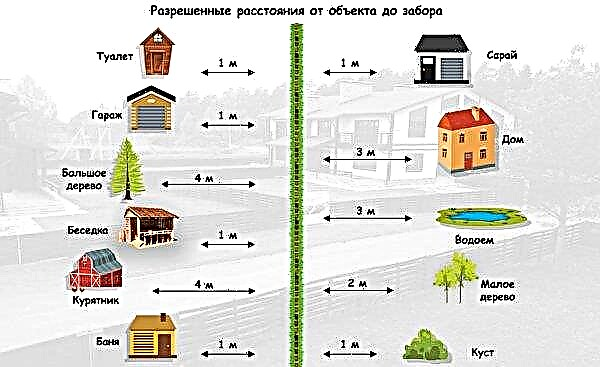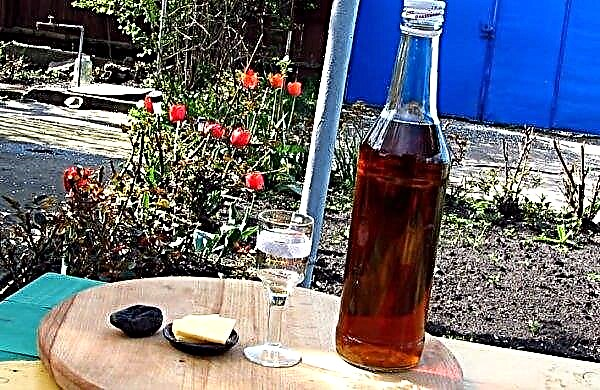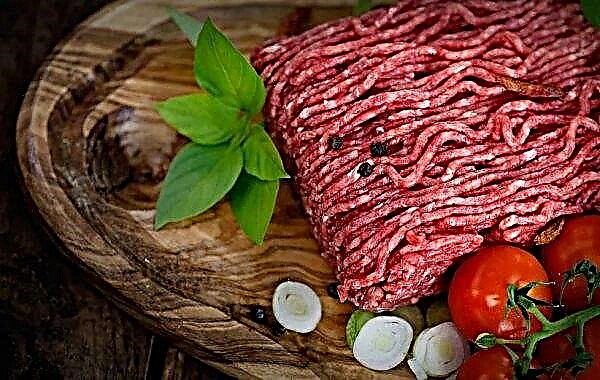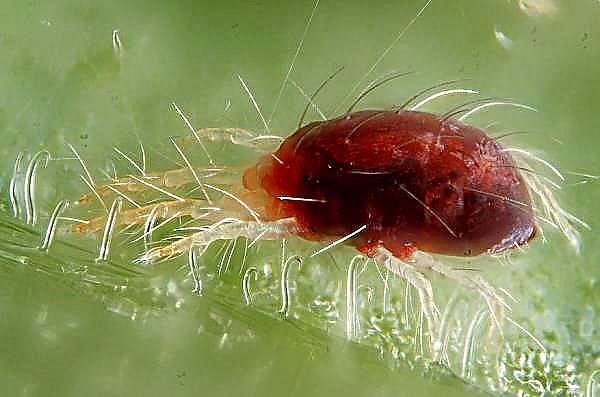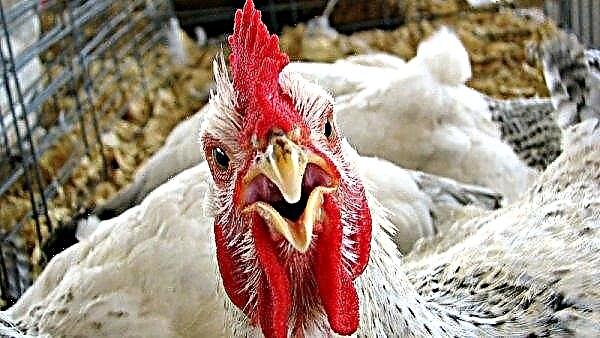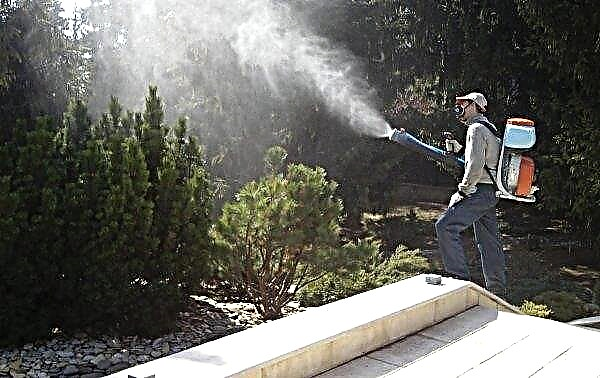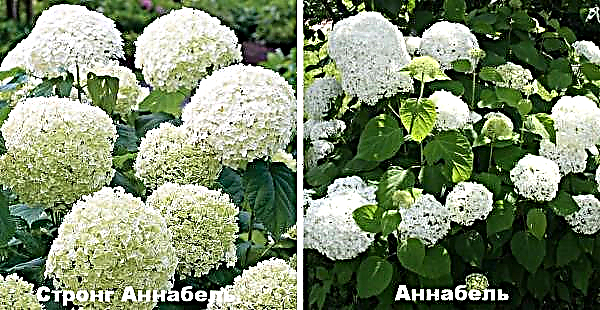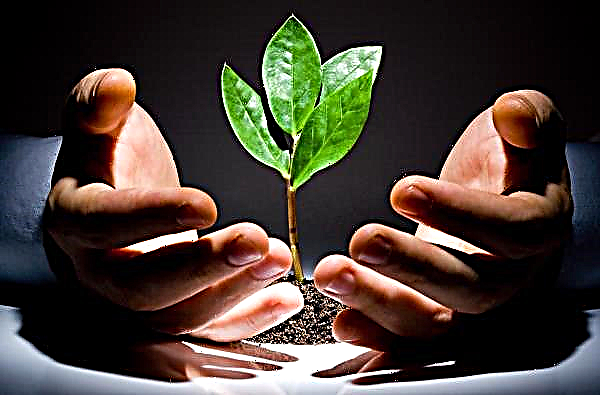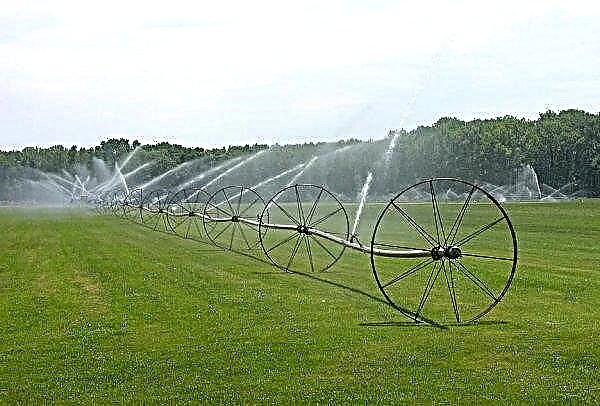Probably, how many drops are in the sky and how many stars are in the sea, so many variants of soil mixtures can be thought up for growing various garden and garden crops. But for the right choice of substrate, it is important to be not only an experienced farmer, but also a delicately sensitive “chemist” who is able to guess the wishes and requirements of each plant in his garden.
 To grow strong, strong and fertile vegetable bushes and fleshy, aromatic and tasty fruits will help a properly selected soil mixture!
To grow strong, strong and fertile vegetable bushes and fleshy, aromatic and tasty fruits will help a properly selected soil mixture!
For example, experienced farmers know that tomatoes feel at home in a slightly alkaline soil with an abundance of organic matter, potassium and nitrogen. But cabbage considers growing conditions comfortable if the earth was fertilized with lime and ash.
But let's dwell on some popular crops and the composition of the substrate for growing them in more detail! Below we will tell you what formulations experienced gardeners use to grow eggplant, tomatoes, cucumbers, sweet peppers and cabbage.
Eggplant
A variant of a fertile substrate for growing this crop may be as follows:
- 2 parts of humus;
- 1 part peat;
- 0.5 rotted sawdust.
 Eggplant
Eggplant
However, there is also the second version of the substrate for growing eggplant. To make it, you need the following components:
- 1 bucket of land from your garden;
- 0.5 cups of ash;
- 1 tbsp superphosphate;
- 1 tsp potassium sulfate or urea.
Cabbage
For the cultivation of cabbage, this mixture is often used:
- 1 part of turf land;
- 1 part humus;
- 1 part peat.
There are also the second version of a successful soil mixture for cabbage. It is prepared from the following ingredients:
- 20 parts of turf land;
- 5 parts of ash;
- 1 part of sand;
- 1 part lime.
 Cabbage
Cabbage
Well and the third option is made from such components:
- 12 parts of peat;
- 4 parts of turf land;
- 1 part sand
Cucumbers
If you intend to create a unique substrate for growing cucumbers, then pay attention to the following recipe:
- 2 parts of peat;
- 2 parts of humus;
- 1 part rotted sawdust.
For every ten liters of this mix, add 1 tablespoon of ash and 1 teaspoon of urea (or superphosphate / potassium sulfate).
The second version of the substrate for growing cucumbers based on such components:
- 1 part of turf land;
- 1 part of compost (humus).
On a ten-liter bucket of this mix add 1 glass of ash, 10 g of potassium sulfate and 20 g of superphosphate.
 Cucumbers
Cucumbers
And finally, tThe third version of the soil mix for cucumbers:
- 6 parts of peat;
- 1 part humus;
- 1 part of sand;
- 1 part rotted sawdust;
- 1 part mullein.
Tomatoes
For successful cultivation of fertile tomato bushes you will need:
- 16 parts of peat;
- 4 parts of turf land;
- 1 part mullein.
3 l of river sand, 10 g of ammonium nitrate, 30 g of superphosphate and 15 g of potassium chloride are added to a ten-liter bucket of this mix.
 Tomatoes
Tomatoes
The second version of tomato soil mix consists of the following components:
- 1 part peat;
- 1 part humus;
- 1 part of turf land;
- 1 part of ripened sawdust
For each bucket of such a mixture, add one and a half glasses of ash, 3 tablespoons of superphosphate, 1 teaspoon of urea and 1 tablespoon of potassium sulfate.
Bell pepper
To grow strong and fertile sweet pepper bushes, you can make a mix according to one of three successful recipes.
Recipe One:
1 part of sod land and 2 parts of humus.
Recipe Two:
2 parts humus and 2 parts peat.
Recipe Three:
4 parts of peat and 2 parts of sod land, to which you need to add 1 part of rotted sawdust and 1 part of humus.
 Bell pepper
Bell pepper
Well, and finally, we note that vegetable seeds should never be sown in pure compost or humus. The thing is that these compounds contain a lot of nutrients that quickly “fatten” seedlings and stimulate their active growth.
Without a doubt, such seedlings will look attractive and promising. That's just the root system of such seedlings will be weak, and the bushes will be very lazy and reluctant to take root in your garden.

